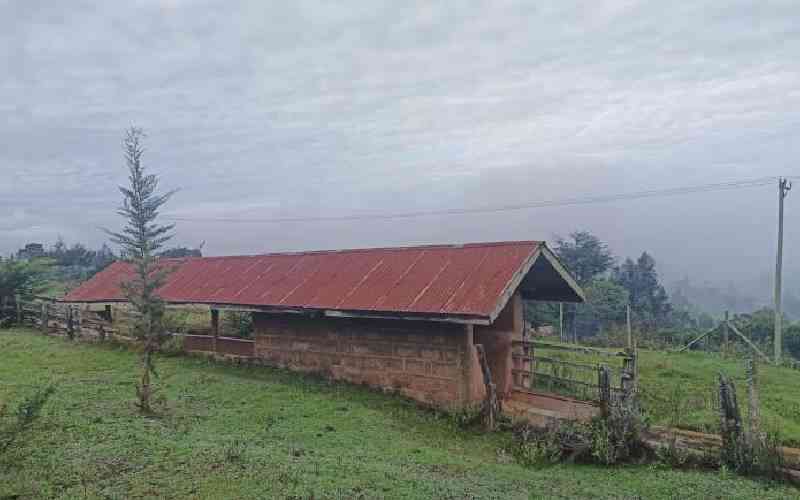
Abandoned cattle dips caught my attention during my recent visit to the rural areas, specifically the former white highlands. Yet in the olden days, taking cattle to the dip was a time-honored tradition. Water in the dip was mixed with chemicals that kill ticks and other vectors.
I loved taking cattle to the dip over the holidays. It was fun, seeing the cattle jump into the water and swim out. It was my first encounter with Archimedes 'principle and love for physics with later encounters with quantum mechanics and statistical mechanics.